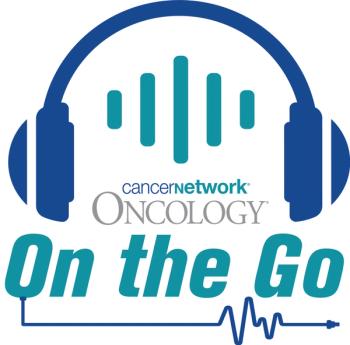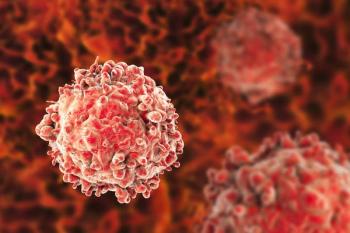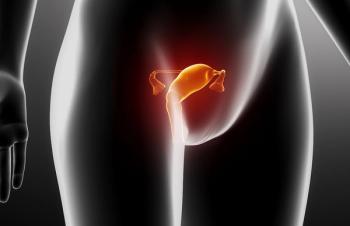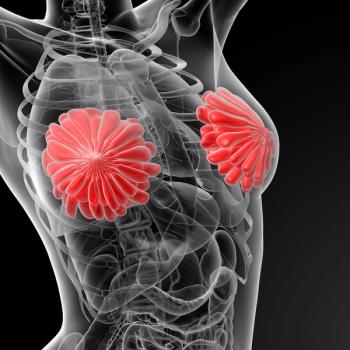
Neurofeedback Can Reduce Symptoms Associated With CIPN
A brain-training paradigm called neurofeedback reduced pain and other symptoms associated with chronic chemotherapy-induced peripheral neuropathy.
A brain-training paradigm called neurofeedback reduced pain and other symptoms associated with chronic chemotherapy-induced peripheral neuropathy (CIPN), according to a new randomized study.
“Chemotherapy-induced peripheral neuropathy is very common in cancer patients and there is currently only one medication approved to treat it,” said the study’s lead author Sarah Prinsloo, PhD, of the University of Texas MD Anderson Cancer Center in Houston, in a
The neurofeedback method involves quantitative electroencephalography (qEEG) neural imaging to first determine EEG patterns that are specific to CIPN, followed by neurofeedback to change those brain signatures. Neurofeedback involved playing a computer game that rewarded patients when they modified brain activity in the affected area, which allowed patients to learn to modify that activity without that specific reward. The results of the study were
The study enrolled a total of 71 patients (62 female), most of whom had breast cancer (52 patients); others had gynecologic malignancies (8 patients) or other cancers (11 patients). All were more than 3 months from completing chemotherapy treatment and reported a score above 3 on the National Cancer Institute’s Total Neuropathy Score rating scale.
Thirty-five patients were randomized to a neurofeedback group, and 36 were assigned to a wait-list control group. The neurofeedback group underwent 20 sessions of the treatment. The qEEG testing showed some activity specific to CIPN, including cortical activity characterized by elevated beta frequencies in the parietal and frontal lobes, and decreased alpha frequencies in the parietal lobe, compared with a normal population.
A number of measures were used to determine the treatment’s efficacy; these included the Brief Pain Inventory (BPI), the Pain Quality Assessment Scale (PQAS), and the Brief Symptom Inventory (BSI).
After controlling for baseline levels, neurofeedback significantly reduced pain compared with the control group (P = .003). The therapy also reduced numbness (P = .001), intensity (P = .003), and unpleasantness (P = .001). There was no significant change in the BSI scores.
Furthermore, post-therapy EEG analysis showed that neurofeedback resulted in a change in the alpha-beta power ratio, while control group patients showed no such change.
“I’m encouraged to see the significant improvements in patients’ quality of life after treatment,” Prinsloo said. “This treatment is customized to the individual, and is relatively inexpensive, non-invasive, and non-addictive.”
Newsletter
Stay up to date on recent advances in the multidisciplinary approach to cancer.
































































































